Roller Compactor for Excavator: The Ultimate Guide
The construction industry has evolved in many ways. Besides the increase in scale of projects, mechanization is one of the commendable aspects of the industry’s growth. To improve the efficiency of compaction, roller compactors are used. Effective compaction increases the bearing capacity of soils. Improved bearing capacity ensures roads can withhold design traffic loads. In buildings, compaction stabilizes foundation soils for a building’s structural integrity.
Integrating power and efficiency, roller compactors attached to excavators stand as formidable tools in modern construction. These dynamic attachments combine the precision of excavators with the compaction prowess of rollers, streamlining the soil and asphalt compaction process. By optimizing surface durability and uniformity, these innovative solutions enhance construction projects’ quality and speed, making them indispensable assets for any worksite.
This article aims at exploring the benefits, working principle, and considerations of using roller compactors with excavator.
Contents
Benefits of Using Roller Compactor with Excavator
A. How roller Compactor enhance the capabilities of Excavator
Roller compactors synergism with excavators, bolstering their capabilities. They extend excavators’ functions by adding compaction capabilities, reducing the need for separate machines. This integration enhances efficiency, minimizes downtime, and optimizes construction projects by seamlessly transitioning from excavation to compaction within a single unit.
B. How combining functions reduces project time and equipment costs
The amalgamation of functions within a single unit like the roller compactor and excavator significantly truncates project timelines and curbs equipment expenditures. Eliminating the need for separate machines reduces setup and transition times, while also cutting maintenance and operating expenses, culminating in expedited construction and lowered overall costs.
C. How roller compaction during excavation streamlines processes
Roller compaction during excavation synergizes tasks, streamlining processes effectively. The attachment’s dual capabilities enable simultaneous excavation and compaction, eradicating the need for sequential operations. This parallel approach enhances productivity, minimizes work stages, and ensures optimal compaction, ultimately expediting project timelines with heightened efficiency.
D. How fewer equipment on-site can be more eco-friendly
Reducing equipment on-site, such as integrating roller compactors with excavators, contributes to eco-friendliness. Fewer machines mean lower fuel consumption, emissions, and resource utilization. This streamlined approach aligns with sustainable practices, minimizing the project’s environmental footprint while maintaining construction efficiency and quality.
Working Principle
A. Description of the roller compactor attachment
The roller compactor attachment boasts a robust design, seamlessly affixing to excavators. It features drums for compaction, equipped with vibration mechanisms for optimal soil or asphalt densification. Its integrated controls ensure precise operation, while its sturdy frame and hydraulic connections guarantee seamless compatibility with the host excavator, enhancing overall construction efficiency.
B. Mechanical and hydraulic connections
Mechanically, it securely affixes to the excavator’s arm or coupler, ensuring stability during operation. Hydraulically, the attachment taps into the excavator’s hydraulic system, enabling precise control over compaction forces and vibrations. This synchronized synergy of mechanical attachment and hydraulic integration guarantees smooth operation, efficient compaction, and optimal performance throughout construction tasks.
C. How hydraulic power is used to drive the compactor
The attachment connects to the excavator’s hydraulic system, where hydraulic fluid is pressurized by the excavator’s hydraulic pump. This pressurized fluid is then directed to a hydraulic motor within the roller compactor. The hydraulic motor converts the hydraulic energy into mechanical energy, driving the rotation of the compactor’s heavy-duty drums. This rotation generates the necessary force and vibration required for effective soil or asphalt compaction, ensuring optimal construction results.
Considerations When Using
A. Factors to consider when choosing an excavator for compactor attachment
Compatibility pertains to how seamlessly the attachment integrates with the excavator’s mechanical and hydraulic systems. The attachment must be designed to fit the excavator’s specific dimensions, weight capacities, and coupler type. Hydraulic compatibility is equally important – the attachment should efficiently tap into the excavator’s hydraulic power to ensure precise control of compaction forces and vibrations.
B. How different soil types and terrains affect compaction efficiency
Cohesive soils like clay require deeper compaction efforts due to their high moisture retention, while granular soils like sand demand surface compaction due to lower cohesion. Unstable terrains might need specialized attachments. Adjusting compaction parameters based on soil and terrain variations ensures optimal density and stability, vital for construction integrity.
C. The importance of trained operators for safe and effective use
Operator’s expertise ensures proper attachment installation, precise compaction control, and adherence to safety protocols. Competent operators prevent accidents, optimize compaction results, and extend equipment lifespan, ultimately contributing to project success and minimizing downtime.
D. Maintenance needs of both the compactor attachment and the excavator
The compactor’s drums and vibration mechanisms require periodic inspection and lubrication. The excavator’s hydraulic system needs consistent fluid checks and filter replacements. Regular maintenance schedules ensure longevity, prevent breakdowns, and sustain efficient compaction operations, safeguarding project timelines and overall equipment investment.
Case Studies and Real-World Examples
A. Successful projects using roller Compactor on Excavator
In a road expansion project, an excavator equipped with a roller compactor attachment expedited the process. The compacted soil and asphalt layers were flawlessly integrated, resulting in a smooth and durable road surface that met quality standards within a shorter timeframe.
In a pipeline installation venture, a roller compactor attachment on an excavator compacted the trench backfill efficiently. The integrated approach reduced the need for additional compaction machinery, saving costs and time, while ensuring the pipeline’s stability and long-term performance.
B. Industries and applications where this combination excels
In construction, roller compactors attached to excavators streamline soil and asphalt compaction, optimizing surface durability and quality. In landfill management, these attachments aid in waste compaction, increasing landfill capacity while reducing the environmental footprint. In landscaping, they facilitate ground preparation and terrain modification, ensuring proper compaction for pathways, foundations, and landscaping features. Across these industries, the integration of roller compactors with excavators enhances efficiency, reduces equipment needs, and improves project outcomes.
C. Benefits observed in terms of time, cost, and quality improvements
Project timelines are shortened by up to 30% due to simultaneous excavation and compaction. Costs are reduced by up to 20% through minimized equipment requirements. Quality improves with consistent compaction, leading to longer-lasting surfaces. Overall, this integration enhances efficiency, cost-effectiveness, and construction quality.
Potential Challenges and Solutions
A. Common challenges
Operators must manage excavation and compaction functions effectively, optimizing time without compromising quality. Skillful coordination is essential to prevent over-compaction or uneven surfaces.
B. Offer solutions or best practices for mitigating challenges
Adequate training, clear communication, and proper adjustment of attachment settings help overcome these challenges, ensuring seamless integration of functions and optimal project outcomes.
C. Potential limitations and scenarios where roller Compactor might not be suitable
Roller compactors’ effectiveness might be limited on extremely rocky terrain where compaction is challenging. In tight spaces, their size could hinder maneuverability. Moreover, for projects requiring specialized compaction methods, like precision grading, roller compactors might not offer the necessary level of control. Careful assessment of terrain and project requirements is essential to determine suitability.
Future Trends in Excavator Attachment Technology
A. Technologies in excavator attachments
Emerging technologies are revolutionizing excavator attachments. Advanced sensors and automation enhance attachment precision and safety. Telematics enable remote monitoring and diagnostics, optimizing maintenance. Hybrid or electric power options reduce emissions. These innovations are shaping the future of excavator attachments, enhancing efficiency, sustainability, and overall performance.
B. Advancements or improvements in roller compactor designs
Anticipated roller compactor advancements include adaptable drum configurations for varying terrains, enhanced vibration control for precise compaction, and improved telematics for real-time monitoring. Integration of AI-driven systems might optimize compaction settings. These innovations will further elevate roller compactor efficiency, versatility, and user-friendliness.
Conclusions
In the realm of modern construction, the amalgamation of roller compactors with excavators has emerged as a transformative synergy, yielding remarkable advantages. The seamless integration of functions expedites project timelines, trims costs, and elevates quality standards. This dynamic duo efficiently tackles challenges across various industries—construction, landfill management, and landscaping—ensuring optimal outcomes.
As technology advances, the potential for even more precise and sustainable practices looms on the horizon. To stay ahead in the construction landscape, embrace this innovation. Embody efficiency, economy, and excellence by harnessing the power of roller compactors attached to excavators—a paradigm shift that promises superior construction results.
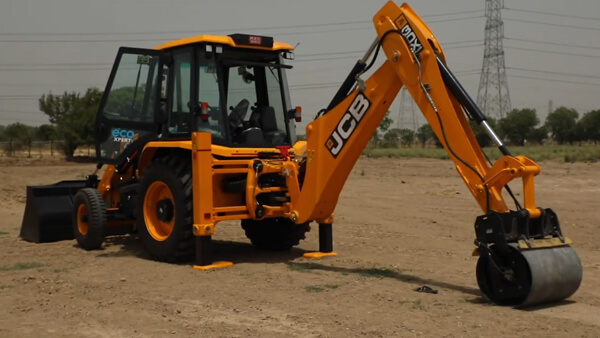
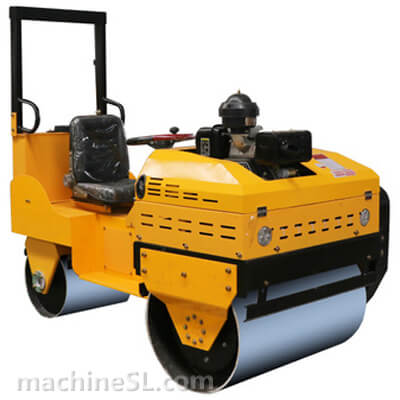
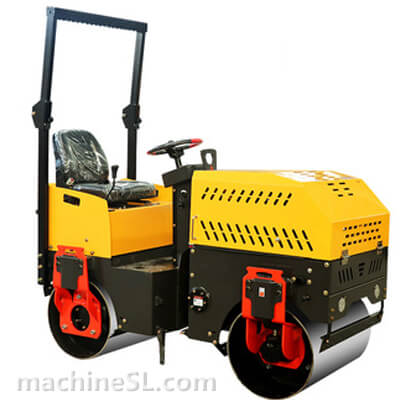
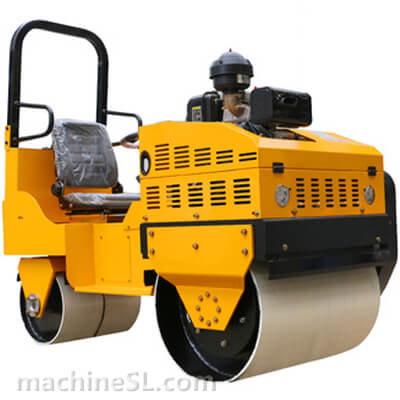
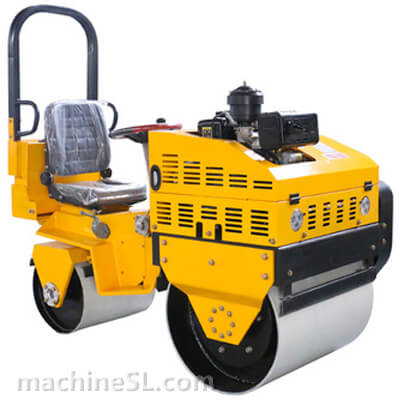
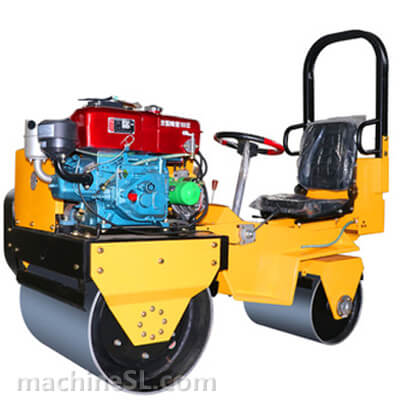
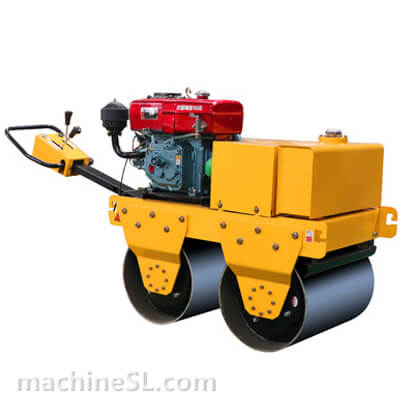
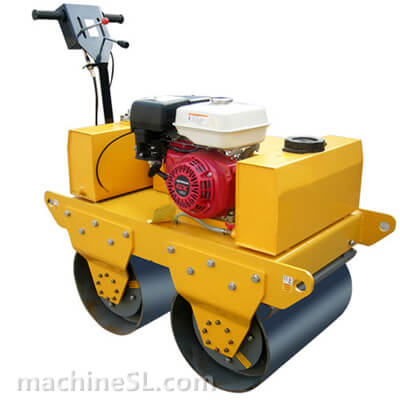
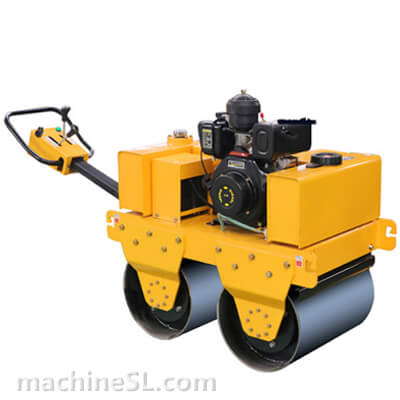
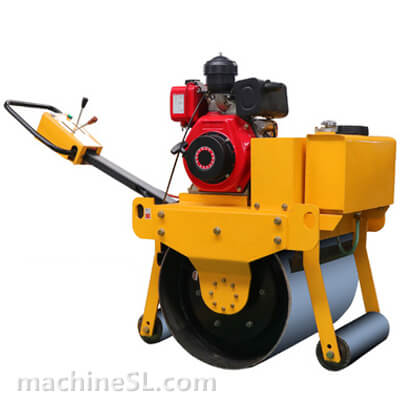
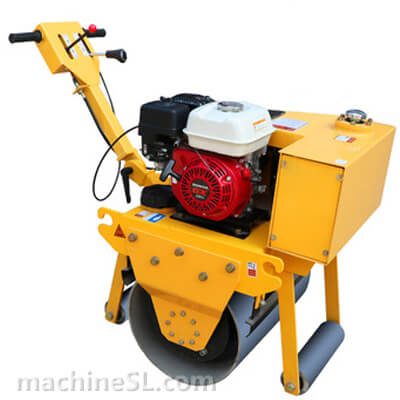
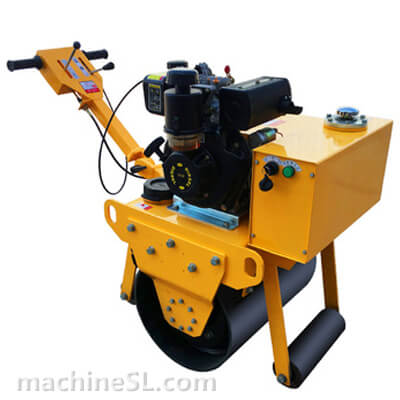
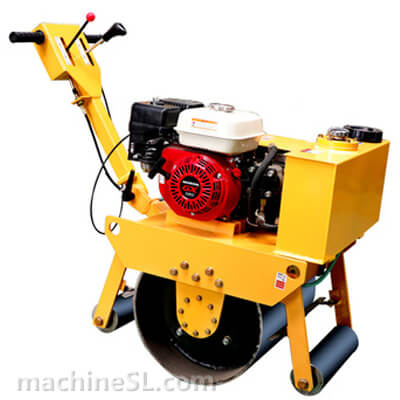
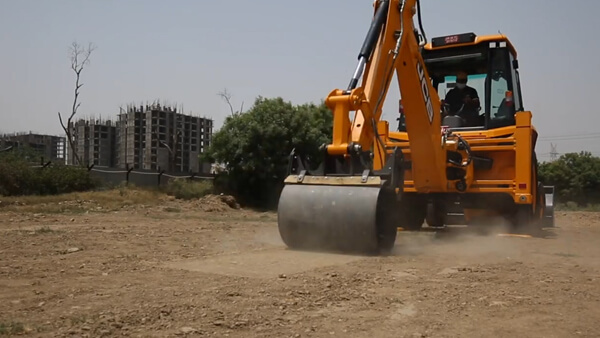
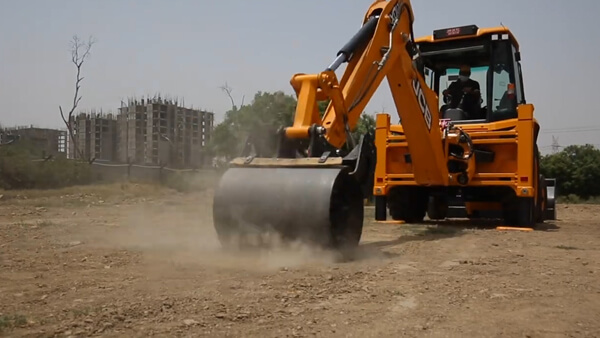
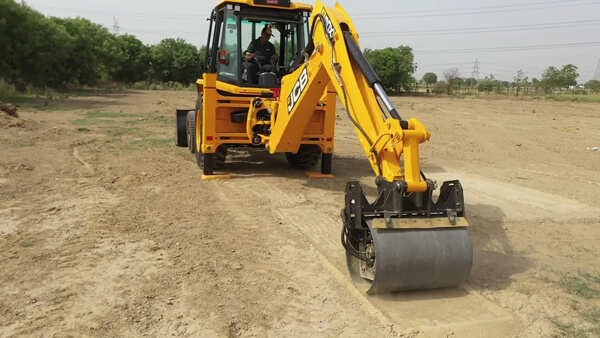
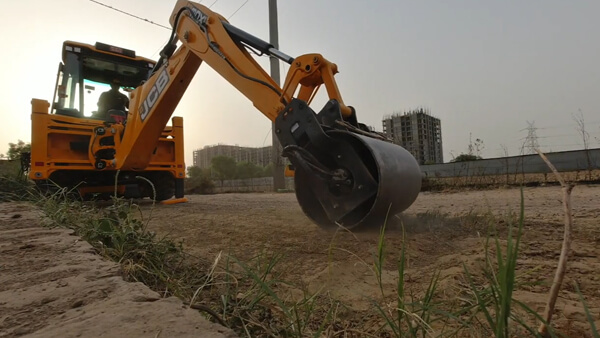
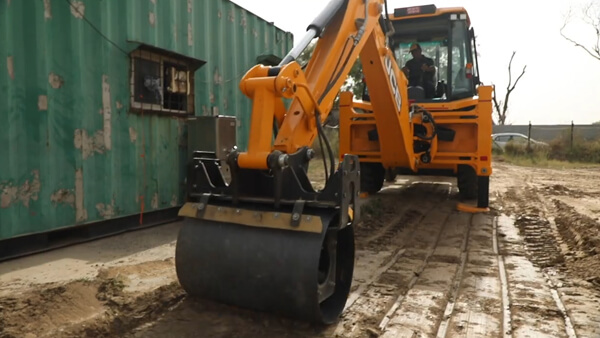
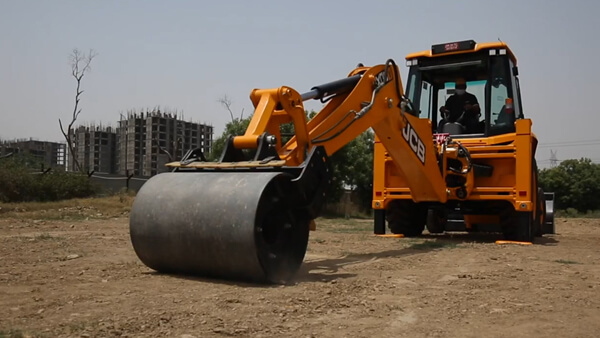
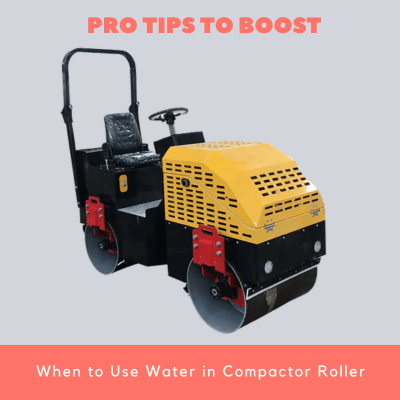
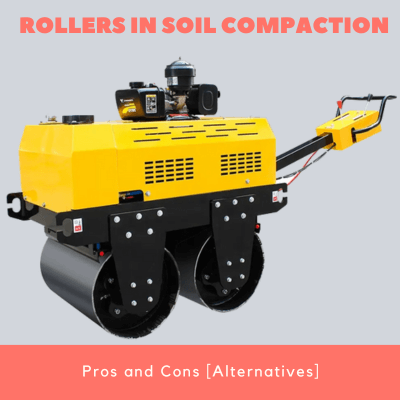

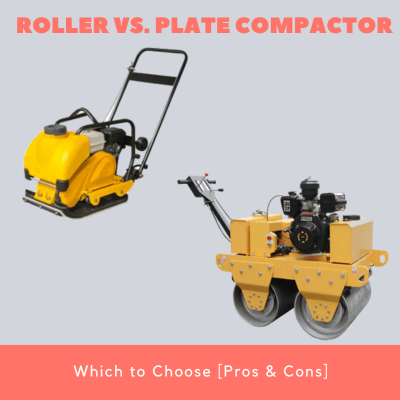
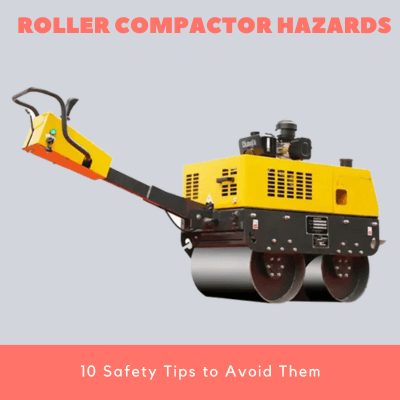
Leave A Comment